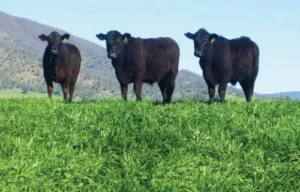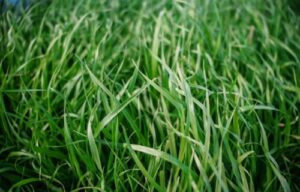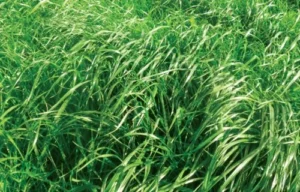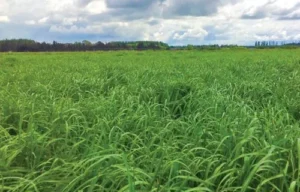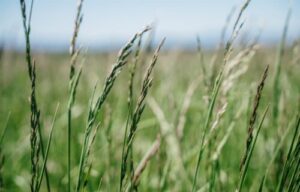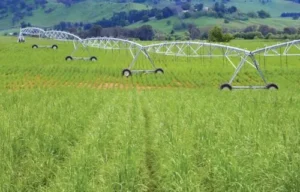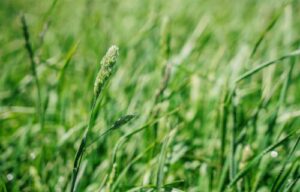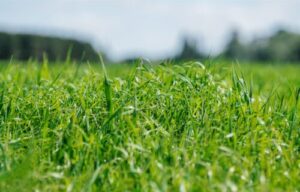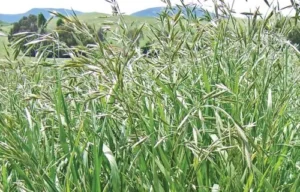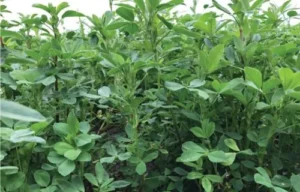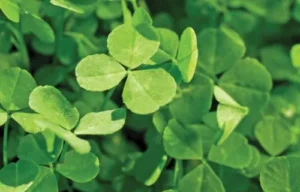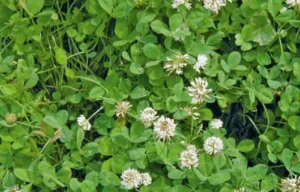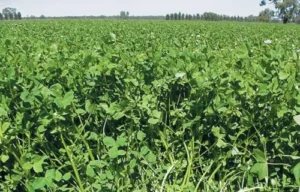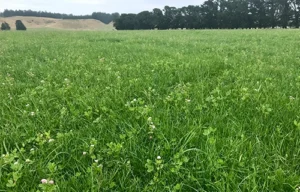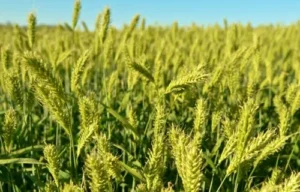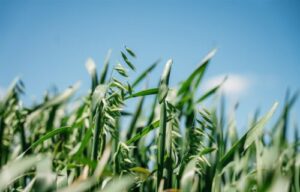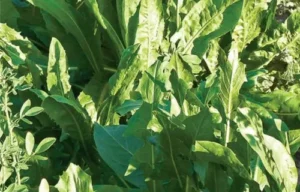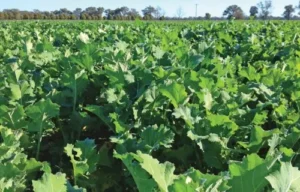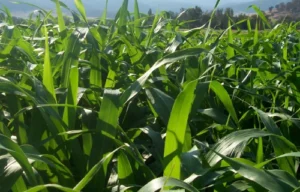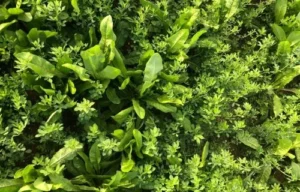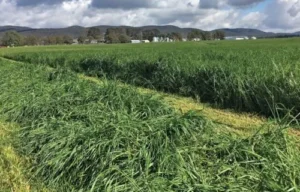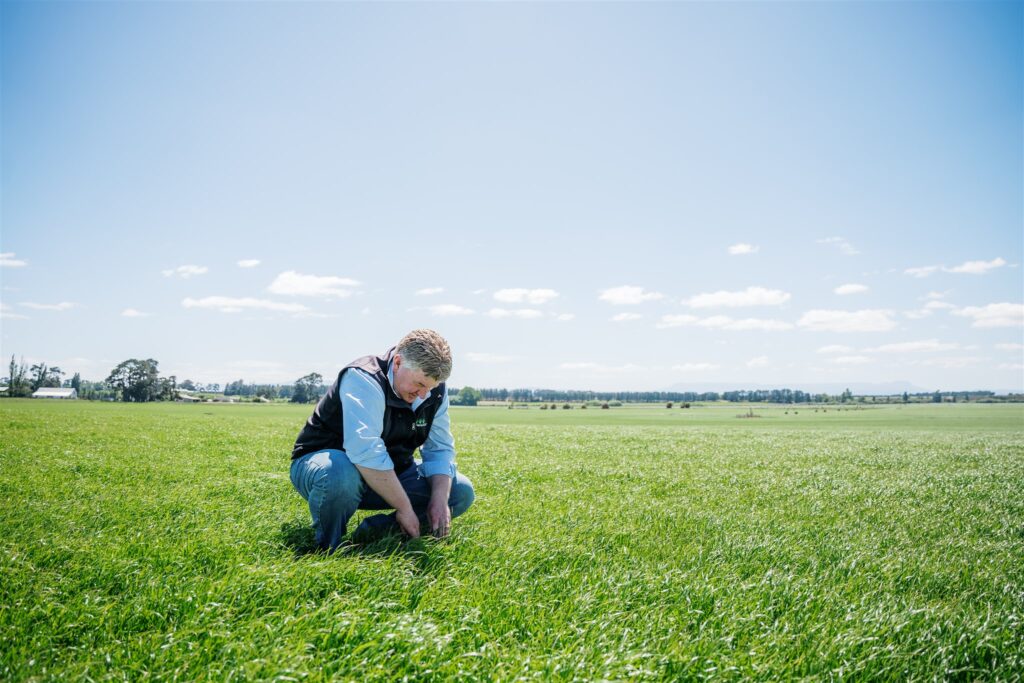Lorem ipsum dolor sit amet, consectetur adipiscing elit. Donec condimentum risus id semper luctus. Curabitur pulvinar varius mattis. Cras odio elit, laoreet vel tincidunt ut, mattis sit amet ligula. Nullam in est eget erat feugiat aliquet nec a sem. Ut cursus, tellus eu mollis ornare, ante elit pulvinar mauris, eget sollicitudin urna quam a massa. Praesent luctus magna quis turpis tempor sodales. Praesent euismod ac mi eget sagittis.
Why Soil Matters
The foundation of every productive pasture lies in the soil. Even the best genetics will underperform if soil conditions are neglected. In Australia, soil limitations such as acidity, nutrient deficiency, and compaction are common challenges, yet they can be managed effectively with careful planning.
Understanding Your Soil
At UMS, we emphasise the importance of soil testing, often conducted six to twelve months prior to sowing. Knowing your soil’s pH, nutrient levels, and physical structure informs decisions about lime, fertiliser, and tillage. For example, ryegrass and clover prefer a soil pH of 5.5–6.0 (CaCl₂), while lucerne thrives at 6.2 or higher. Phosphorus, potassium, and sulphur deficiencies are common across Australian soils and must be corrected to support establishment and growth.
Preparing the Paddock
Correcting soil constraints is equally important. Lime applications neutralise acidity, improving nutrient availability and supporting legume growth. Gypsum can alleviate sodicity in compacted soils, while deep ripping or subsoiling may be required to overcome compaction in heavy clay paddocks. These interventions create the structure and fertility that allow pasture species to establish deeply and persist.
Paddock preparation is not only about fertility, it also involves weed and residue management. Spray–graze strategies, knockdown herbicides, and stubble management help create a clean seedbed. Well-prepared paddocks ensure optimal seed-to-soil contact, a critical factor for uniform emergence, particularly for small-seeded legumes.
Sowing Technique and Timing
Fine, firm seedbeds improve germination and early growth. Direct drilling preserves soil moisture and structure, while cultivated seedbeds may provide better early vigour in higher rainfall areas. In southern temperate zones, autumn sowing after the break is standard, whereas northern regions may favour spring or summer sowing for tropical species.
Fertility for Establishment
Starter fertiliser applications, particularly phosphorus, support early root development. Nitrogen can accelerate growth in grasses but must be managed carefully to avoid suppressing legumes. Sulphur improves protein content, particularly in dairy pastures. UMS works closely with growers to tailor fertiliser programs specific to soil type, climate, and enterprise objectives.
Building Pastures for the Long Term By addressing soil health and preparation, UMS helps growers establish pastures that not only thrive in the first season but remain productive for years. Our combination of seed expertise, agronomy knowledge, and trial data ensures that the foundation of every paddock is set for long-term success.

